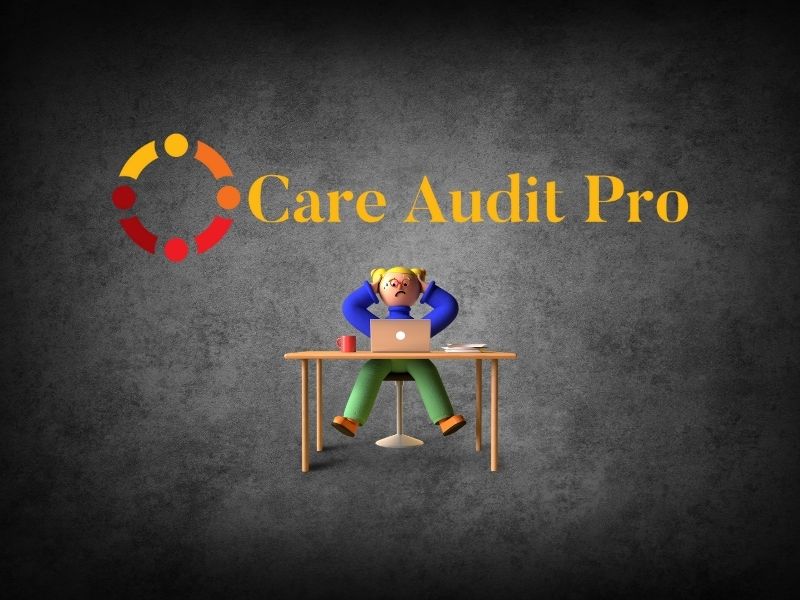
Safe Staffing: Using Dependency Tools Effectively
By Attila Szelei on 21/10/2025
Safe Staffing: Using Dependency Tools Effectively
AEO Answer: Safe staffing is crucial for delivering high-quality care, and dependency tools can help assess residents' needs accurately. Utilising these tools effectively ensures compliance and enhances safety in care settings.
Understanding Dependency Tools in Social Care
In the context of social care, dependency tools serve as essential instruments for assessing the individual needs of residents. These tools help registered managers and quality leads determine the level of care required, thereby facilitating the allocation of suitable staffing levels. By understanding the dependency of residents, care homes can ensure that they meet the guidelines set out in the CQC’s Single Assessment Framework.
The Importance of Accurate Dependency Assessments
Accurate dependency assessments are vital for several reasons:
- Compliance with CQC Standards: The CQC requires providers to maintain safe staffing levels to meet the needs of all residents.
- Quality of Care: Well-assessed dependencies help ensure that residents receive timely and appropriate care, improving their overall well-being.
- Incident Prevention: By understanding dependency levels, care providers can better prevent incidents related to inadequate staffing.
How to Implement Dependency Tools Effectively
Implementing dependency tools involves several key steps. Here’s a practical checklist to guide you:
Checklist for Effective Dependency Assessments:
- Select Appropriate Tools: Choose dependency assessment tools that align with your care setting’s specific requirements (e.g., Roper-Logan-Tierney model).
- Train Staff: Ensure all staff are trained on how to use the tools accurately and consistently.
- Conduct Regular Assessments: Schedule regular assessments to account for changing needs of residents, particularly after significant health changes or incidents.
- Document Findings: Clearly document all assessments and any changes in dependency levels to maintain transparency and compliance.
- Review Staffing Levels: Adjust staffing levels based on the assessment outcomes, ensuring that they meet the CQC guidelines.
- Engage Residents and Families: Include input from residents and their families to gather a holistic view of care needs.
Example of a Successful Implementation
Consider a residential care home that recently integrated a dependency tool into its care practices. Upon conducting an initial assessment, they discovered a significant number of residents required higher levels of assistance due to mobility issues. By using this data, the management was able to:
- Increase staffing during peak hours, ensuring that residents received timely assistance.
- Reduce the incidence of falls and related injuries by providing proper support.
- Improve overall resident satisfaction scores, which were reflected in subsequent inspections.
Monitoring and Reviewing Dependency Tools
After implementing a dependency assessment system, it’s crucial to monitor its effectiveness continually. Here are ways to ensure ongoing optimisation:
Key Monitoring Strategies:
- Audit Dependency Assessments: Regularly audit the assessments to identify discrepancies and areas for improvement.
- Feedback Mechanism: Establish a feedback mechanism for staff to report the tool’s usability and effectiveness.
- Incident Reporting: Monitor incidents and correlate them with dependency assessments to identify trends.
Digital Audits and Action Plans
With the rise of digital solutions in social care, several providers are adopting digital audits to streamline their processes. Digital audits can enhance the accuracy of dependency assessments through automated data collection and analysis. This not only saves time but also ensures that care managers can create actionable plans based on real-time data.
How Digital Tools Facilitate Compliance
- Evidence Mapping: Digital audits provide clear evidence mapping, making it easier for managers to demonstrate compliance during inspections.
- Action Plans: Generate tailored action plans based on audit findings, which can help in addressing gaps in care provision promptly.
Medication Safety and MAR Accuracy
While focusing on dependency tools, it is equally important to ensure that medication administration records (MAR) are accurate. Errors in medication can severely impact residents' health and safety. Here are some practical tips:
- Regular Training: Conduct regular training sessions for staff on medication safety.
- Double-Check System: Implement a double-check system for high-risk medications to minimise errors.
- Weekly Audits: Perform weekly MAR audits to ensure accuracy and compliance with safe medication practices.
Incident Learning and Duty of Candour
Part of maintaining safe staffing involves learning from incidents when they occur. The duty of candour requires providers to be open and honest when things go wrong. Here’s how to integrate this into your dependency assessment framework:
- Incident Reports: Ensure that all incidents are reported and reviewed in relation to staffing levels and dependency assessments.
- Root Cause Analysis: Conduct root cause analyses to understand the role of staffing in incidents.
- Transparent Communication: Communicate findings with staff and families to foster trust and improve care practices.
Final Thoughts
Effective use of dependency tools significantly contributes to safe staffing levels, compliance with CQC standards, and overall quality of care. By implementing and regularly reviewing these tools, care homes can create a safer environment for residents while enhancing their care experience.
How Care Audit Pro Supports This
Care Audit Pro's digital audits and action plans help care managers streamline the assessment process, ensuring that dependency needs are accurately mapped and acted upon. Our platform enables you to set actionable goals based on real-time data, enhancing compliance and care quality.
Keywords: [safe staffing, dependency tools, CQC compliance, care governance, medication safety]